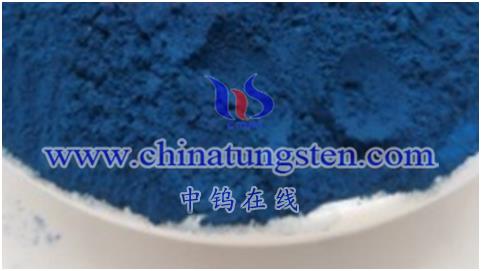The crystal morphology of tungsten oxide (WO3) can vary due to factors such as preparation methods, conditions and environments. Some common tungsten oxide crystal morphology are listed below:
Tungsten oxide needle crystal
Tungsten oxide forms long, thin needle-like crystals that are highly anisotropic. This morphology is commonly found in methods such as pyrolysis, hydrothermal synthesis, or solution precipitation of tungsten oxide.
Tungsten Oxide Hexagonal Plate Crystal
Tungsten oxide crystals can have a hexagonal or hexagonal-like sheet structure, and the shape is similar to a honeycomb. This morphology is common in preparation methods such as solution precipitation, hydrothermal synthesis or template method.
Tungsten Oxide Cubic Crystals
Tungsten oxide can also form crystals with a cubic shape in which each face is flat. Cubic crystals are usually prepared by methods such as solvothermal or vapor deposition.
Tungsten Oxide Nanoparticles
Tungsten oxide is also available in the form of nanoparticles, with very small dimensions. These particles can have different shapes, such as spherical, rod-like, polyhedral, etc. The morphology of nanoparticles is usually prepared by solution synthesis, vapor deposition or physical methods.
The crystal morphology of tungsten oxide can be precisely controlled by adjusting parameters such as preparation conditions and additives. Different morphology may affect the physical, chemical and optical properties of tungsten oxide, so it is very important to choose a suitable crystal morphology for specific applications.

More details of tungsten oxide product, please visit website: tungsten-oxide.com
Please contact CHINATUNGSTEN for inquiry and order of tungsten oxide:
Email: sales@chinatungsten.com
Tel.: 86 592 5129595






